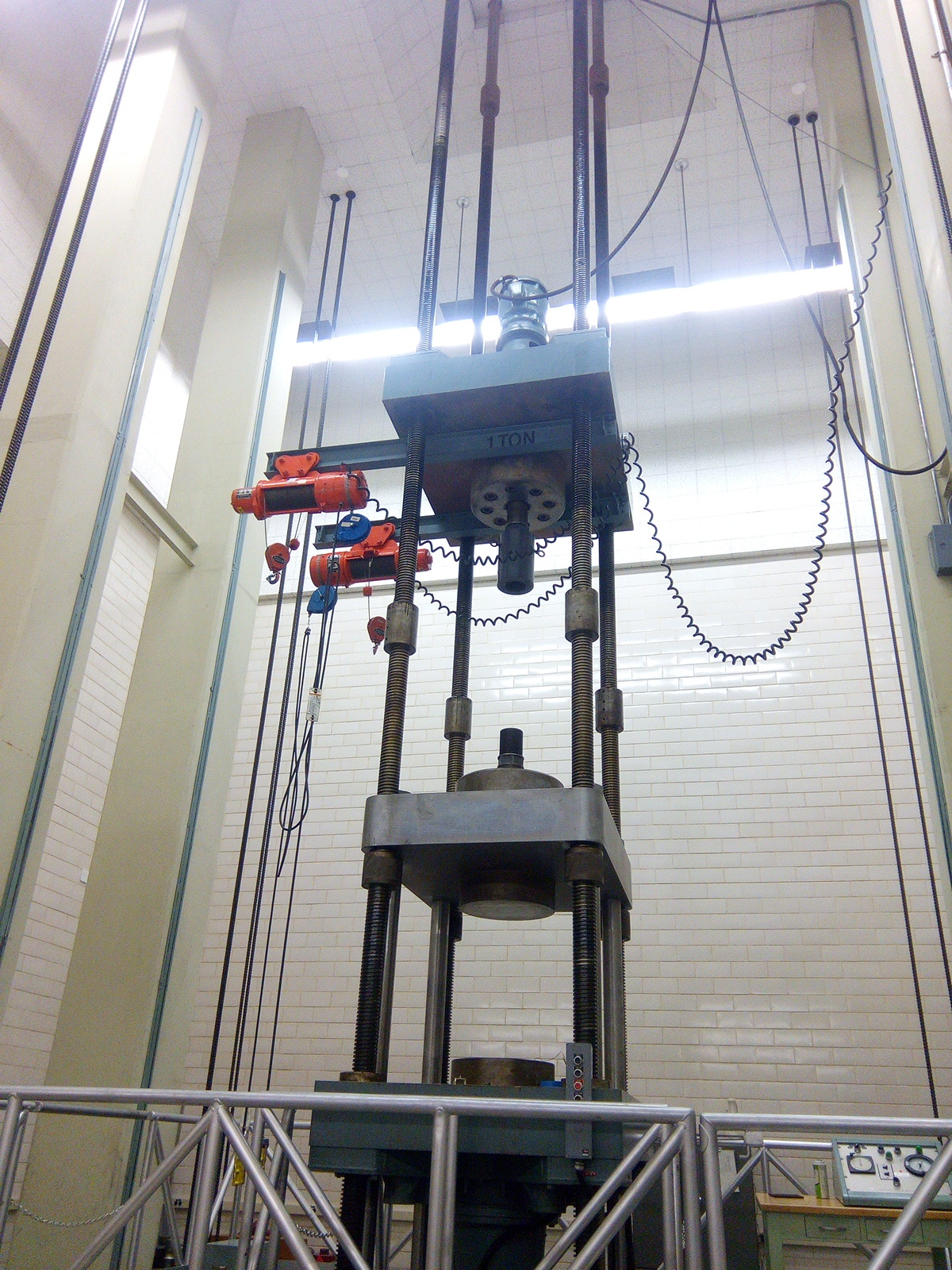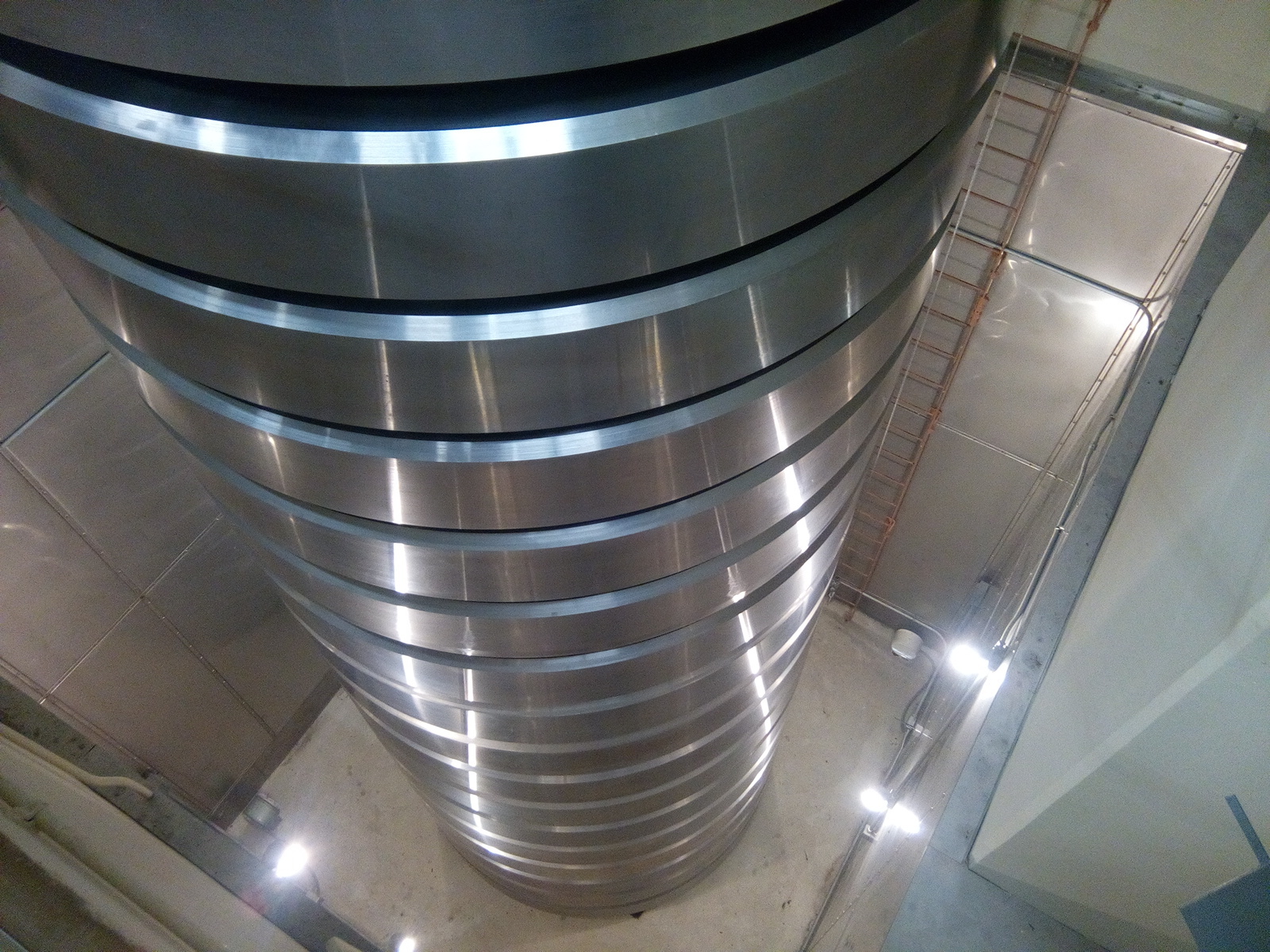The International System of Units (SI), commonly known as the metric system, is the international standard for measurement. The SI plays an essential role in international commerce and is commonly used in scientific and technological research and development. This cache is part of the SI geoart that allows you to learn about the SI units. Visit the introduction cache to learn more about this geoart.
Acceleration: metre per second squared (m/s2)
The metre per second squared is the SI derived unit of acceleration. This is one of the SI derived units that does not have a special name, but is expressed in terms of SI base units.
Acceleration is the rate of change of velocity of an object with respect to time. If you are driving at a constant speed of 11 m/s, your acceleration is zero because your velocity is not changing. If you were waiting at a red light and the light turns green, your car starts moving and reaches a speed of 12 m/s within 3 seconds, your acceleration would be 4 m/s2 in the direction of travel.
Force: newton (N)
The newton is the SI derived unit of force. One newton is the force needed to accelerate one kilogram of mass at the rate of one metre per second squared in the direction of the applied force.
Suppose your vehicle weighs 1500 kilograms, accelerating at 4 m/s2 needs a force of 1500 kg × 4 m/s2 = 6000 N in the direction of travel.
Gravity
The gravity of Earth is the net acceleration that is imparted to objects due to the combined effect of gravitation and the centrifugal force. The “average” gravity at Earth’s surface is nominally 9.80665 m/s2. Therefore, we can precisely “create” a specific amount of force by having Earth gravity pull on a specific amount of mass.


NIST’s deadweight machine is designed to produce forces of up to 4.45 million newtons to calibrate force-measuring devices called load cells, which can be used to measure large forces such as the thrust of a rocket or jet engine. The machine generates forces by hanging stainless steel weights from the load cell being tested. Underneath the machine, there are 19 discs with an average mass of about 22696 kg each, plus a loading frame that weighs as much as a disc. When all the weight discs are in use, it achieves a total of 22696 kg × (19+1) × 9.80665 m/s2 = 4.45×106 N of force.
This Geocache
Light turns green. You floor the gas, the vehicle accelerates at 6 m/s2. After 6952 milliseconds, how far have you travelled in metres? Round it to an integer to get ABC.
If we bring NIST’s deadweight machine to Jupiter, how many weight discs are needed to create the same amount of force? Multiply by 108 and add 3 to get DEF.
Final coordinates: N 39° 08.ABC W 077° 08.DEF

You can validate your puzzle solution with certitude.
Cache container is a baby-nano with tiny log sheet. A pair of tweezers is mandatory for log retrieval. To conserve space, please omit the date and write the first two letters of your username only.
Some hides are located along a road without sidewalk. For your safety, please walk on the grass out of the car lanes, and avoid going at night without wearing a safety vest.
Lists of Caches in SI geoart
- introduction
- second and hertz
- metre
- kilogram
- m/s and km/h
- mole
- radian and steradian
- m/s² and newton
- m² and pascal
- joule and watt
- ampere and coulomb
- volt and farad
- ohm
- kelvin
- candela, lumen, and lux
- bushel
- foreword & afterword
- prize distribution